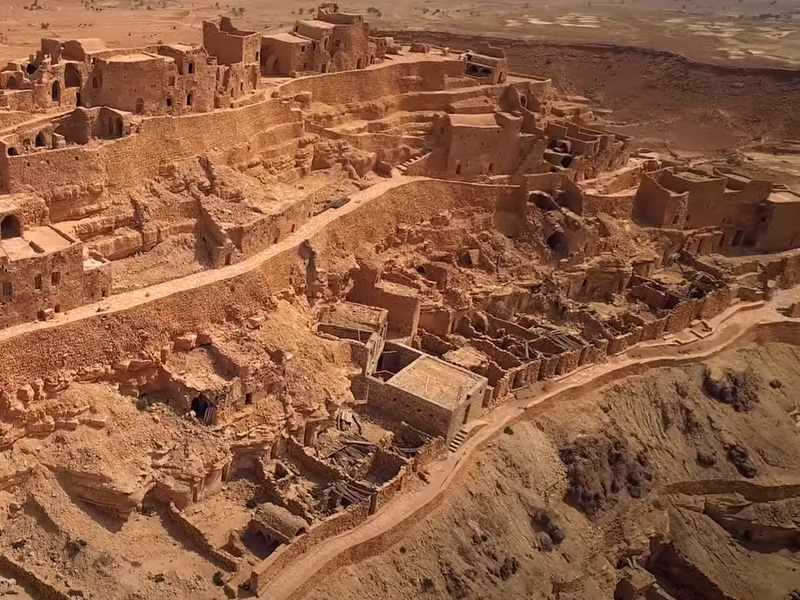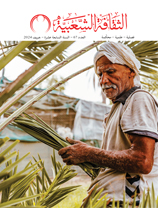The distinctiveness of residential space in light of sociocultural transformations: A case study of the mountain village of Chenini Tataouine
Issue 60

Dr Ali Mabruk
Using the example of the mountain village of Chenini Tataouine in south-eastern Tunisia, this study demonstrates the distinctiveness of the residential space in light of sociocultural developments. We attempted to identify aspects of everyday life based on architectural design and construction methods as a material legacy that reflects individuals' cultural identities and highlights ethnological qualities. Throughout history, these communities have managed to adapt to and make effective use of the tough terrain by creating and developing distinctive house layouts as a response to everyday needs.
By experiencing the same natural conditions, I was able to design approaches to the study of cultural features and to define their symbolic meaning to determine the characteristics of Berber culture and recognise human ingenuity in the area.
The sociocultural transformations of mountain villages represented an area of anthropological research, highlighting the importance of studying individuals’ daily lives in the social environment and revealing the network of relationships in space and ways of organising economic and social practises, and what is constant and variable. We will examine several aspects of this transformation using models that can be measured and assessed.
Although the villages' natural and historical environments have changed over time, this study demonstrated that the residents have deep historical and geographical roots there. However, anthropological studies of people's connections to mountain communities provide more evidence that people in these areas are deeply committed to preserving their unique cultural identities and all that they entail, from language and clothing to art and architecture. Cut off from the rest of society, these people developed their own unique mountain culture and used it to survive the shifting landscape for decades.
In this study, we return to Chenini's distinctive location and examine the significance of its name and the ethnological roots of its inhabitants within the framework of theoretical backgrounds and anthropological aspects. Thus, we were able to deconstruct the cultural and social pattern of Chenini Tataouine village and gain insight into the morphological structure of the caves, and to address the dwellings’ emotional roots and search for the dimensions and symbolic meanings.




































































